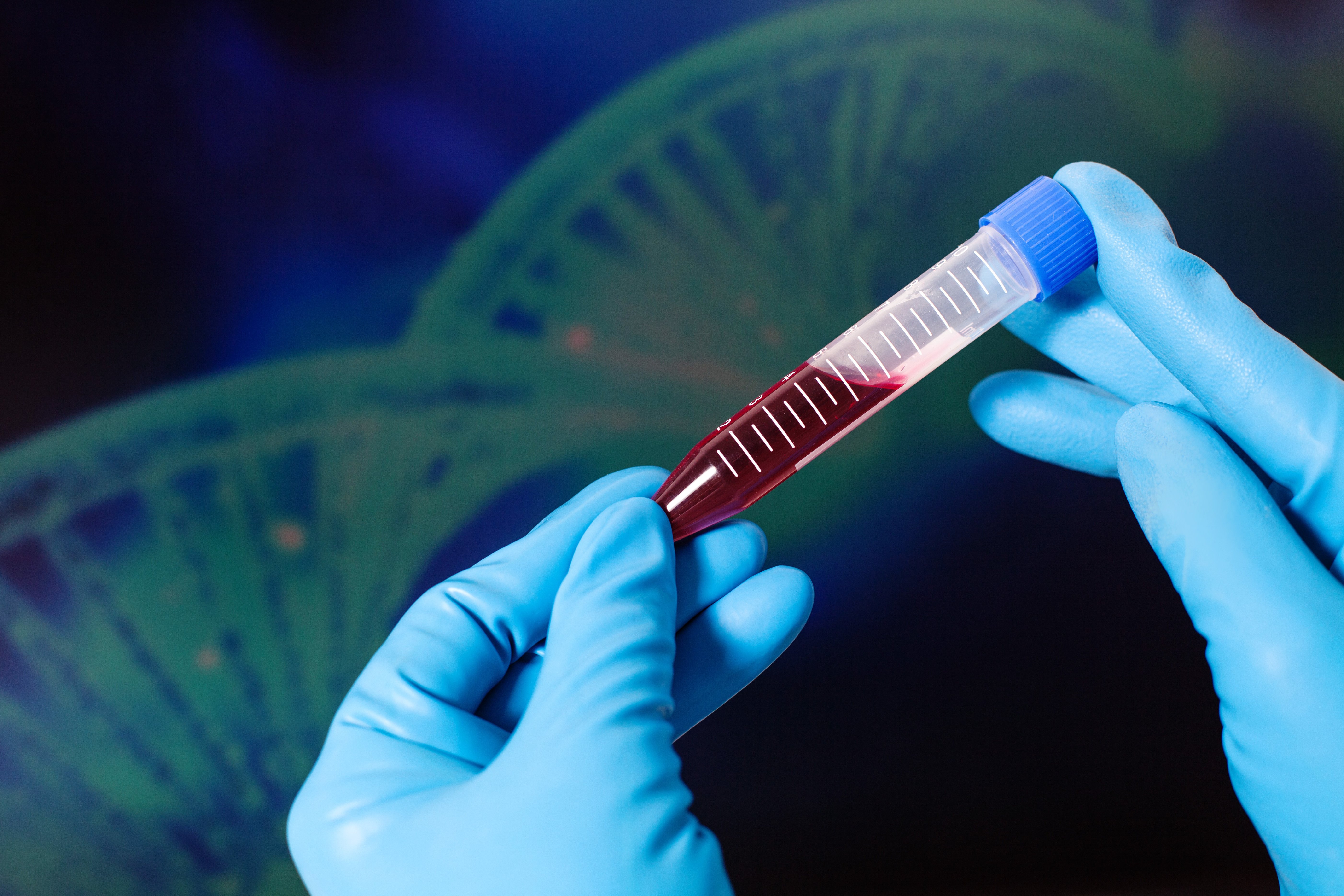
(Vienna, 24-02-2022) Approximately 800 people in Austria are affected by haemophilia, a rare congenital disease that can now be treated well thanks to enormous advances in research. While work continues to improve existing treatment strategies, gene therapy now holds out the prospect of promising cure, report MedUni Vienna and the University Hospital Vienna on the occasion of Rare Disease Day on 28 February.
While the life expectancy of haemophiliacs was 20 to 30 years just a few decades ago, today, it is almost similar to the average of the general population. "This is due to the enormous progress that has been done in the treatment of this disease through research throughout recent decades," emphasises Cihan Ay from the Clinical Department of Haematology and Haemostaseology at the University Department of Internal Medicine I at MedUni Vienna and the University Hospital Vienna. Gene therapy, which was first approved in the EU in August 2022, currently offers the prospect of a cure. This type of treatment can enable the body to produce the missing clotting factors in the long term.
Its advantage is that, unlike existing therapies, it does not require a life-long administration of prophylaxis with factor or non-factor concentrates, but is applied just once. "Gene therapy is a significant medical approach, but not the sole solution, as not all persons with haemophilia are suitable candidates for this treatment," says Cihan Ay. Decisive factors for eligibility include a functioning liver and for some forms of gene therapy pre-existining neutralizing antibodies. "Research needs to move in several directions as well as work on the improvement of existing treatment options," says the internationally recognised coagulation expert.
Various treatment strategies
Currently, the standard treatment for haemophiliacs is the so-called substitution or replacement therapy, in which the missing clotting factor is administered intravenously.The patients need regular injections because the half-life of the factor products is limited. Approaches to extend the half-life while maintaining the same effectiveness are being researched by a working group led by Chan Ay in cooperation with the Department of Clinical Pharmacology at MedUni Vienna and the University Hospital Vienna. In addition to the therapeutic principle of substitution, the non-factor-based therapy which can help stabilise coagulation is also used and is administered subcutaneously (under the skin).
About haemophilia
Haemophilia is a rare, congenital disorder which results in the reduction or absence of blood clotting factors VIII (haemophilia A) or IX (haemophilia B). If left untreated, affected individuals suffer from uncontrollable bleeding which can lead to pain, joint damage and life-threatening complications. As haemophilia is inherited in an X-linked recessive manner, it almost exclusively affects men, with women mostly being the carriers.
There has been enormous progress in haemophilia research, especially during the past decades. In the 1980s, when many haemophiliacs were infected with HIV or hepatitis through contaminated blood donations, science became increasingly concerned with developing better treatment options and biotechnological products that could be used without the risk of transmitting infections. "Haemophilia treatment and research has had a great tradition at MedUni Vienna for decades. The Clinical Department of Haematology and Haemostaseology at MedUni Vienna and the University Hospital Vienna is one of Europe's leading centres," emphasises Chan Ay.
A chain of lights for 300 million affected people
Around 300 million people worldwide are affected by a rare disease. As a sign of solidarity, MedUni Vienna and Vienna General Hospital will be taking part in the Global Chain of Lights campaign around 28 February 2023 and illuminating their entrance areas in green, blue, pink and purple, the colours of the campaign.